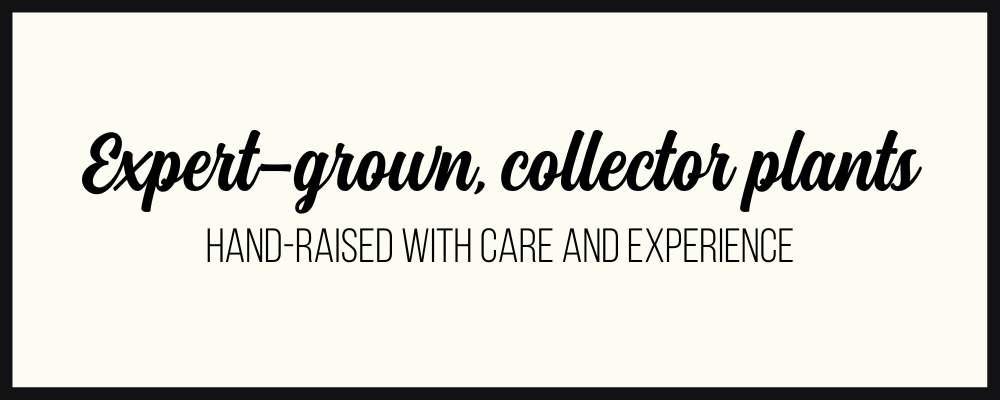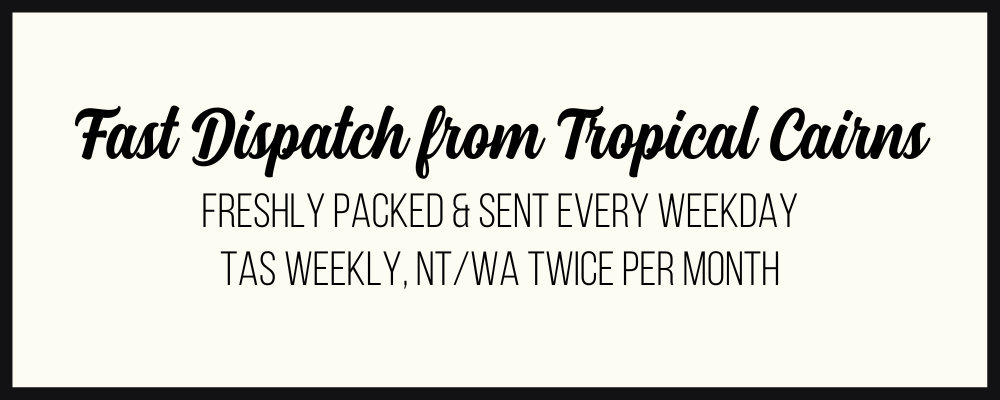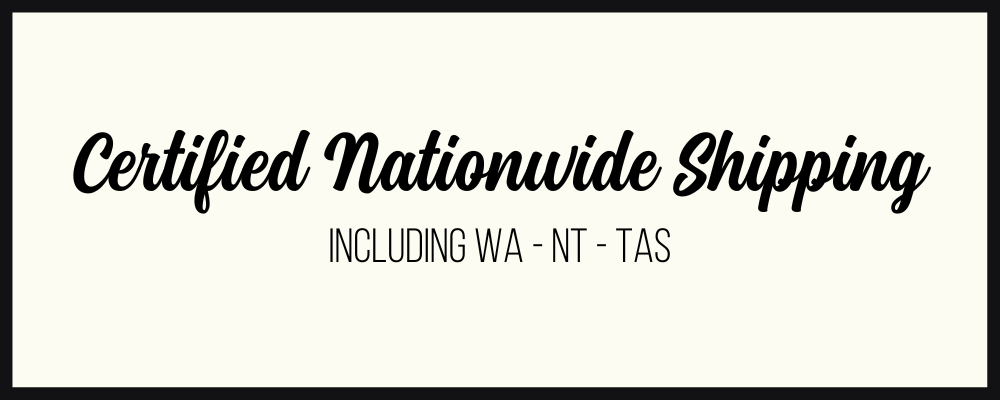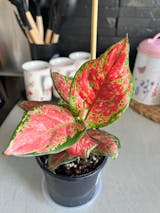Potting Soil for Indoor Plants
A few things to consider when choosing soil for your indoor plants...
The vast majority of plants need soil in order to live. It’s where their roots grow, and it’s how they access water. For indoor plants specifically, it’s also where they get their food – plants living outside have access to decomposing matter, bacteria, worms and other nutrient sources, whereas indoor plants only have access to what’s in the pot or what you spray them with.
When choosing the soil for indoor plants, it’s pretty normal to feel a tad overwhelmed with all the options, so let’s break it down a little, and chat about what soil we recommend.
Did you know…
That the majority of “soil” you see in indoor pots is not actually soil at all. It’s quite different from the stuff that plants growing out in the wild live in. It’s usually a man-made, soil-less mix comprised of things like peat moss, perlite, compost, manure, fertiliser, and a bunch of other stuff. Sounds weird, but it’s actually a superior environment for indoor plants to grow in and is formulated to keep them healthy and happy.
Pro tips to choosing the best mix
- Go for premium. After all, this is the environment they’re going to live in for the next 12 to 18 months (before you repot them)
- Look out for the red & black ticks. In Australia, potting mixes are assessed against quality standards, and black or red ticks are used on potting mix packaging as proof of quality
- Black ticks are your regular standard, meaning they meet the bare minimum standards (so you know the bag's not half-filled with sawdust to pack it out)
- Red ticks (your premium mix) means the mix meets not only the minimum standards, but also is better at holding on to water, contains at least 6 weeks' of fertiliser, amongst other factors.

Potting mix recipes
Whilst premium general purpose mix is good on its own, it can be useful to add soil amendments such as perlite or coir to improve drainage. Well-aerated soil that drains easily will help avoid waterlogged soil and even root rot. Here’s a few different mixes/recipes that we recommend:
- A great basic mix is simply adding perlite to premium potting mix. A good ratio is 20% perlite to 80% premium soil. This is suitable for many standard indoor plants such as Calatheas, Monsteras, Dieffenbachia, Aglaonemas, Alocasias, Spider Plants, Devils Ivy, and more.
- Our go-to recipe for prime plant health is 30% orchid bark, 20% perlite, 40% premium potting mix and 10% charcoal. This is suitable for the same standard indoor plants as above, but is a richer mix
- 30% orchid bark, 30% perlite and 40% premium potting mix is another good option for many common houseplants such as Peperomias, Syngoniums, and Alocasias
- For plants that like to stay dry, we recommend 60% premium potting mix and 40% perlite. This works nicely for plants with delicate/short roots or roots that don’t like to be wet such as Snake Plants, String of Pearls, Chain of Hearts, Cacti and Succulents

This is our special blend of potting mix that we use for our grown in-house plants
Uprooted's proprietary blend
One of our favourite soil suppliers is Rocky Point, a fellow Brisbane-based gardening company. We've worked closely with them to create a proprietary potting mix blend of composted bark, clinker, coir chip, coir pith and perlite, along with additional trace elements and slow release fertiliser. This is what we use for the plants we grow in our own greenhouse. We love working with Rocky Point as they have a sincere commitment to sustainable and eco-friendly growing practices, as well as rigorous processes to ensure quality control. Meaning we get only the best potting mix to grow and nurture our plants grown in-house!
Need some help?
If you have any questions about how to choose the right soil for your plants, please send us an email at hello@uprooted.com.au or DM us on Instagram or Facebook.







